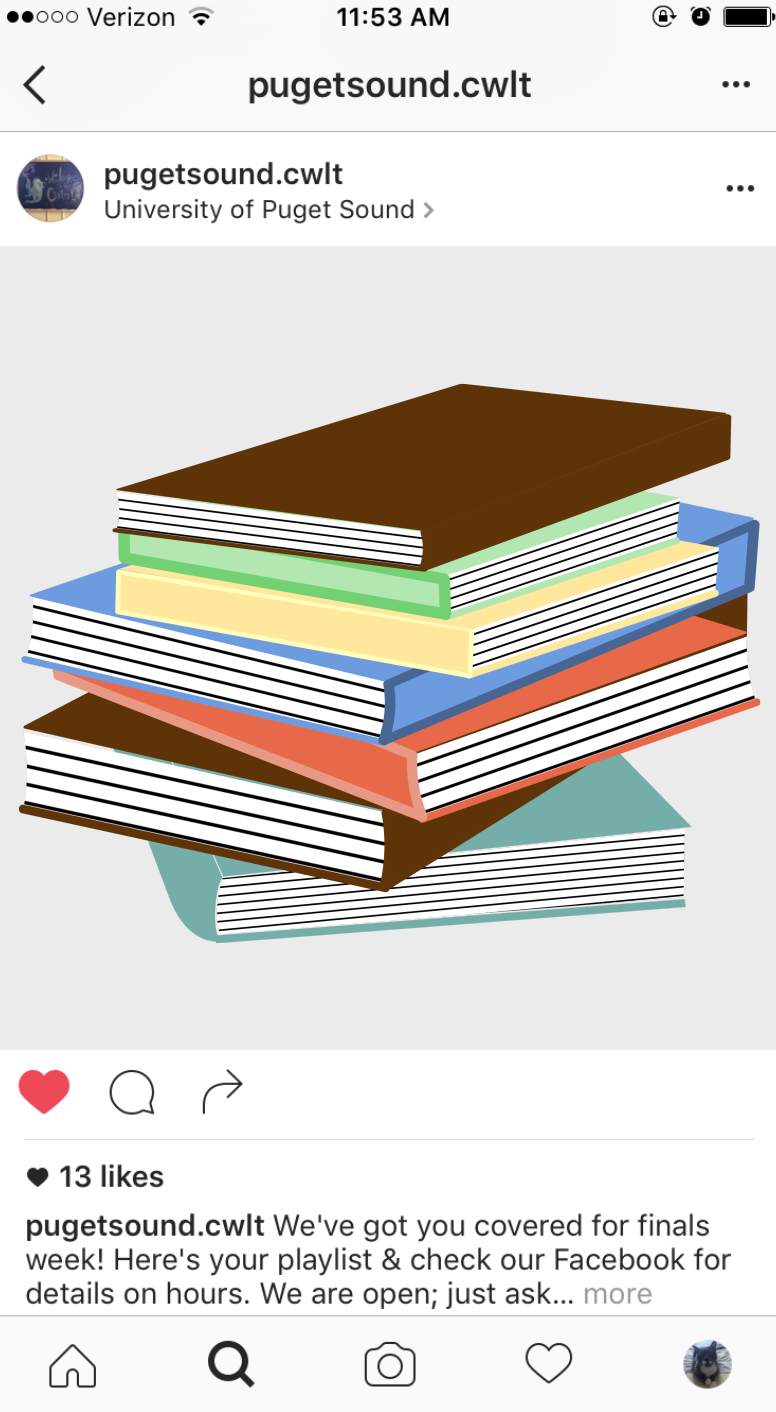Section 2.1 Finding, Skimming, and Reading Sources
Congratulations on finding some sources (see BEAM)! Now what? Take a picture of all your books and post it to Instagram or Twitter so everyone knows that you’re taking college seriously! It can be intimidating to have collected piles of useful sources only to realize how much time it will take you to read through them. But do you really need to read all of them completely? The way you approach any source will depend on the nature of the source, the amount of time you have, and the information you seek.

Of the sources you’ll be working with, many will be primary and secondary. Sometimes it can be difficult to determine whether a source is primary or secondary. For instance, if you’re writing an essay for a literature course on Shakespeare’s King Lear, then King Lear would likely be your primary source. However, if you’re writing a paper analyzing patterns in the critical reception of King Lear, then you may find yourself working with what would otherwise be considered secondary sources—critical interpretations of the play, for instance—and analyzing those. (For more information on the types of sources, see this Research Fundamentals guide) That said, in order to find any source, it’s important to know what kind of source you’re looking for. Think about the kind of information you need, and come up with a list of search terms—particular words and concepts you think would return helpful titles (see Section 1.3 for advice on refining search terms).
1
collins.pugetsound.edu/Research_Fundamentals_Sources/story.html